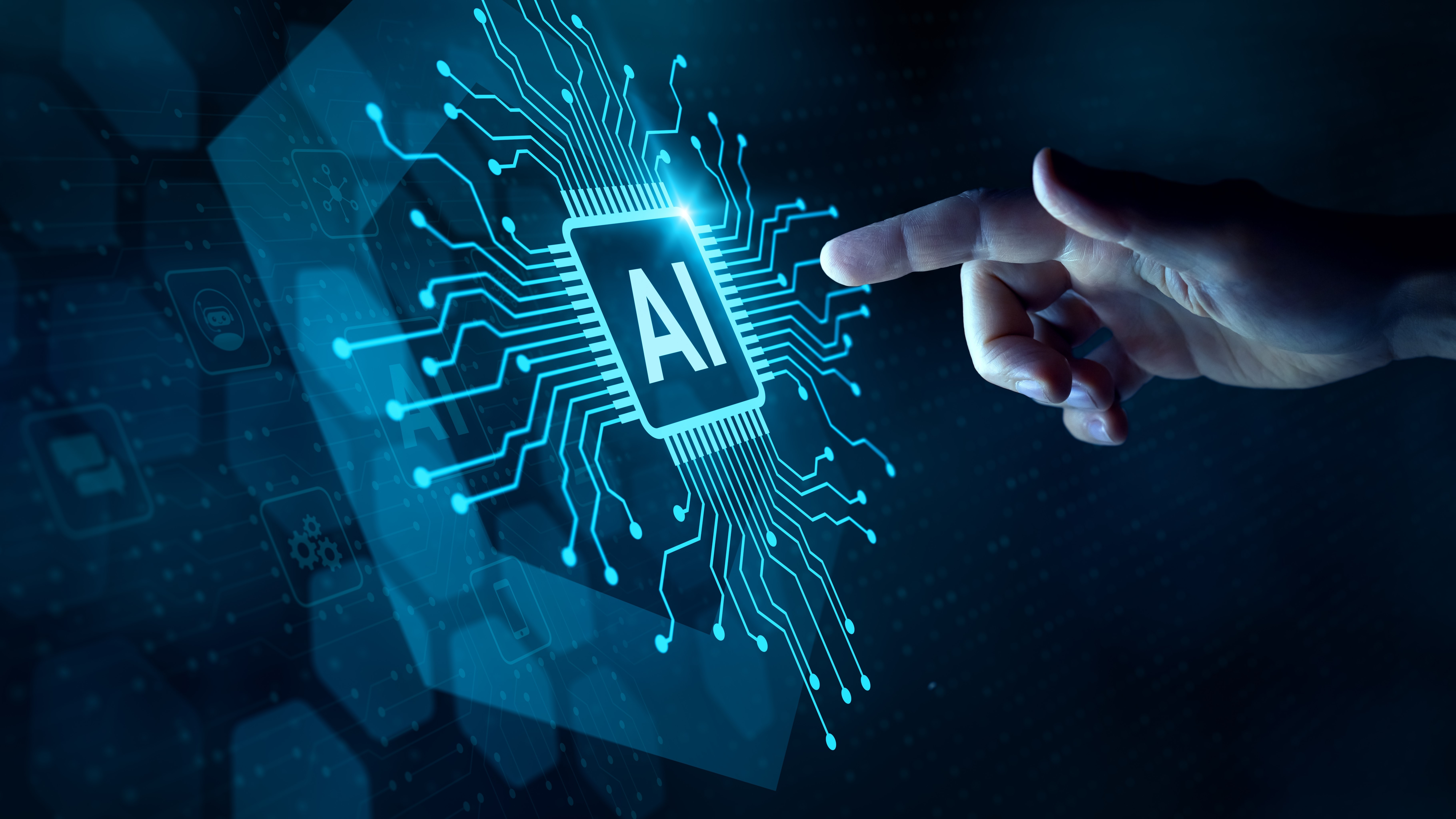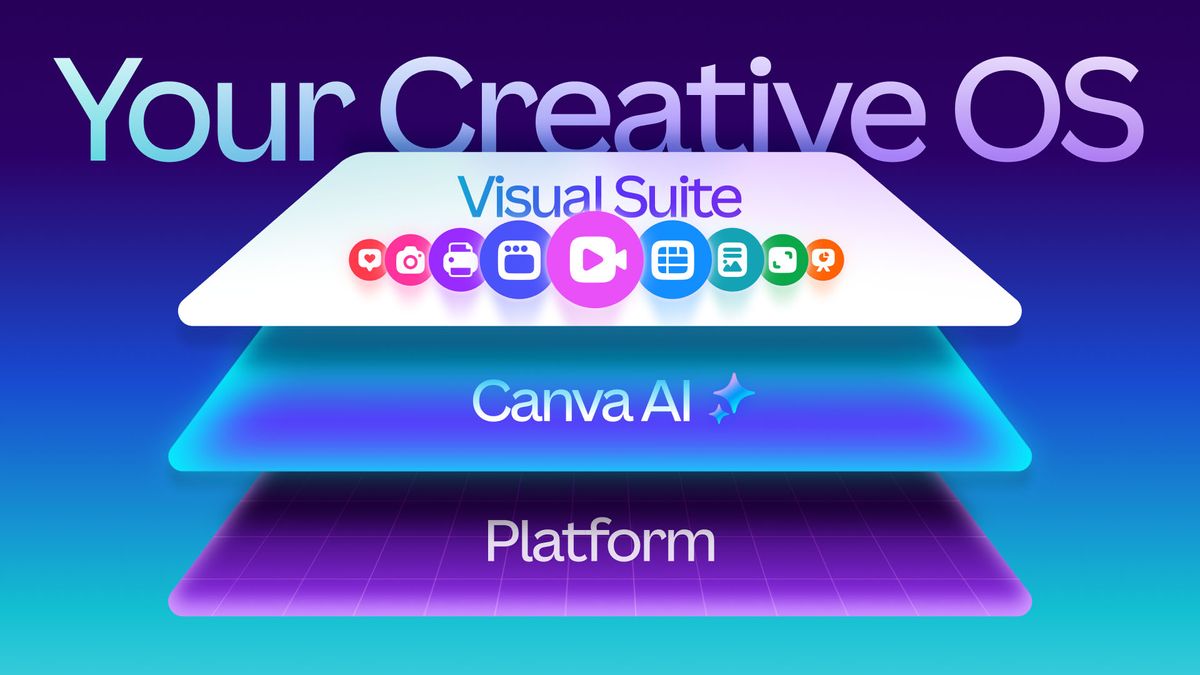If there’s one thing the last year has taught us, it’s that outages and IT failures are sometimes beyond the control of our own business. We saw it with last year’s CrowdStrike outage, and more recently with the Spain–Portugal power blackout. Incidents like these are not issues isolated just to technology – they disrupt services, dent public trust and expose how much businesses, and in many cases society, rely on resilient IT infrastructure.
AI is delivering huge benefits across the enterprise – from automation to smarter, more intelligent decision-making driven by the rise of AI agents. But behind that promise lies an infrastructure challenge. As data volumes grow and compute demands spike, organizations must ensure their foundations are strong enough to keep up. After all, AI’s effectiveness is entirely dependent on the integrity and availability of the data it processes. And it is rare these days for an outage at one business not to impact the functioning at another.
General Manager AI, LogicMonitor.
Huge benefits for enterprise
AI, in particular, is delivering huge benefits across enterprise – from automation to smarter, more autonomous decision-making driven by the rise of AI agents. But behind that promise lies an infrastructure challenge. As data volumes grow and compute demands spike, organizations must ensure their foundations are strong enough to keep up. After all, AI’s effectiveness is entirely dependent on the integrity and availability of the data it processes. And it is rare these days for an outage at one business not to impact the functioning at another.
The ‘modern data center’ is no longer confined to on-premises servers or cloud services. It now spans a vast ecosystem that includes edge devices integral to daily operations. Think of the 20+ connected devices in every hospital room, digital ordering terminals in fast food restaurants, and operational technology (OT) systems on manufacturing floors.
This complex, hybrid infrastructure is the new normal for CIOs, who must scale AI responsibly and securely while modernizing legacy systems. Traditional infrastructure management can’t keep pace with the demands of real-time AI operations, including the intensive workloads of large language models (LLMs) and other AI tools. And with that comes risk.
This is where AI-powered observability becomes critical. More than just a technical tool, observability enables CIOs and IT operations teams to navigate complexity with confidence. It brings visibility, insight and automation into environments where uptime, speed and resilience are paramount.
AI is Raising the Stakes for Infrastructure
AI adoption is growing exceptionally fast, with 78% of global organizations now using AI in at least one business function, up from 55% in 2023. While that growth brings clear competitive advantages, it also imposes significant strain on IT infrastructure. From GPU-hungry training workloads to unpredictable inference traffic, AI places dynamic and often intense demands on compute, storage and networking.
The modern data center supporting these increasing demands is not just a physical facility. It is a distributed architecture spanning legacy systems, public and private clouds, and edge environments. Each layer introduces new dependencies, blind spots and integration risks. As hybrid environments expand, so too does operational complexity.
Without the right foundation at the data center level, organizations risk scalability issues, service disruptions and spiraling infrastructure costs. In many cases, the challenge is not the AI model itself, but everything needed to support it: data pipelines, compute resource management, and real-time system observability. In short, AI performance depends on infrastructure performance.
Observability is the Missing Link
Observability provides a real-time, 360 view across hybrid infrastructure, making it possible to track performance, spot anomalies and anticipate risks before they cause business disruption.
Observability builds on the foundation of traditional monitoring, evolving it into a more comprehensive and intelligent approach. While monitoring tools collect raw metrics and alert on predefined thresholds, hybrid observability goes further, offering the depth and breadth needed to support modern AI environments; it transforms telemetry into actionable insights, connecting infrastructure performance to real-world outcomes.
For instance, today’s observability solutions can track AI-specific indicators such as GPU utilization, model latency, inference drift, and data pipeline bottlenecks. By correlating these with infrastructure events, they provide the context needed to debug issues and optimize workloads across complex, hybrid environments.
Observability also helps IT teams move from reactive to proactive management. With intelligent alerting, predictive analytics and anomaly detection, teams can resolve incidents faster – or prevent them entirely. For organizations operating AI at scale, this means improved service resilience, reduced operational overheads and better cost control.
As AI workloads grow more autonomous and agentic, the need for real-time context and insight only increases. Observability becomes a strategic enabler – not just for uptime, but for performance, agility and innovation.
Enabling CIOs to Lead
All of this change and increased complexity means that CIOs aren’t just technology gatekeepers – they are leaders of AI transformation. As AI becomes embedded in everything from customer experience to core business processes, infrastructure oversight becomes business-critical and observability becomes an essential part of a CIO’s toolkit.
This isn’t just about efficiency. In an era marked by high-profile IT failures and outages, infrastructure resilience has become a reputational risk. A single misconfiguration or unnoticed bottleneck can have ripple effects across business units – and in some cases, across industries.
Observability also helps organizations make better use of their people. In a tight market for technical talent, it enables teams to focus on building and optimizing rather than constant issue triage. It reduces alert noise, shortens resolution times and brings all stakeholders around a shared, reliable source of truth. By correlating disparate IT data into a unified, service-level view, CIOs can gain insights directly tied to business outcomes, illustrating how IT health impacts key performance indicators such as revenue, customer satisfaction, and more.
It helps organizations identify which parts of their infrastructure are limiting AI performance, guiding phased modernization without requiring a costly full-stack overhaul. It supports workload placement decisions that balance performance, cost and sustainability – and gives IT leaders the insight they need to make informed decisions.
AI is transforming business, but only as far as infrastructure can support it. This isn’t just an IT story – it’s a business one. As organizations rush to embed AI into their operations, the need for robust, adaptable infrastructure becomes urgent. The modern data center is not just a place where data lives – it’s where AI performance begins. Businesses need to act now or risk playing an unwinnable game of catch-up in the future.
We list the best data migration tool.
This article was produced as part of TechRadarPro's Expert Insights channel where we feature the best and brightest minds in the technology industry today. The views expressed here are those of the author and are not necessarily those of TechRadarPro or Future plc. If you are interested in contributing find out more here: https://www.techradar.com/news/submit-your-story-to-techradar-pro










 English (US) ·
English (US) ·